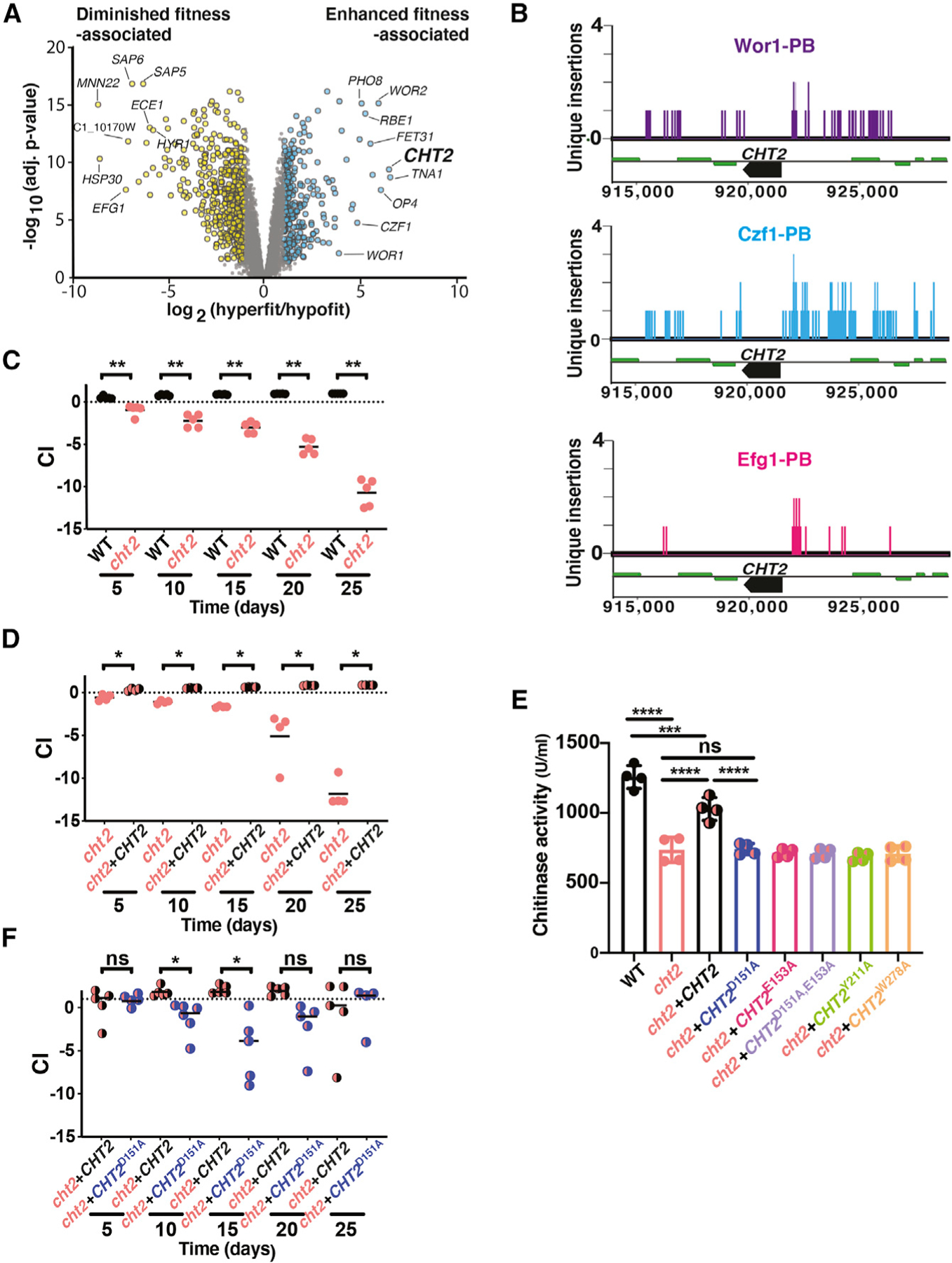Figure 4. Transcriptomic comparisons between mutants with enhanced versus diminished commensal fitness reveals commensalism effectors.

(A) Volcano plot of the log2 transformed ratio of gene expression among mutants with enhanced commensal fitness (efg1, WOR1OE GUT cells, efg1wor1) compared with those with commensal defects (wor1, czf1; x axis) versus significance (y axis).
(B) In vivo CCS reveals direct binding of Wor1, Czf1, and Efg1 to the CHT2 promoter in commensally growing cells.
(C) CHT2 is required for gut commensalism. 1:1 competition between WT (SN250) and cht2 (SN2162) in the gut colonization model. Statistical analysis was performed as in Figure 1C.
(D) The DxE motif and residues in the predicted chitin binding pocket are required for chitinase activity of Cht2. Cell pellets of WT (SN250), a cht2 homozygous null mutant (SN2162), and derivatives of cht2 to which a single copy of WT CHT2 (SN2225), CHT2D151A (SN2172), CHT2E153A (SN2174), CHT2D151A,E152A (SN2176), CHT2Y211A (SN2178), or CHT2W278A (SN2180) was restored to its endogenous locus were tested using a fluorescently labeled endochitinase substrate (4-methylumbelliferyl β-D-N,N′,N′′-triacetylchitotriose). Significance was calculated using ordinary one-way ANOVA; ns, not significant, ***p < 0.001, ****p < 0.0001.
(E) A WT copy of CHT2 complements the commensal fitness defect of cht2. 1:1 competition between cht2 (SN2161) and cht2+CHT2 (SN2170).
(F) The chitinase activity of Cht2 is required for full commensal fitness. 1:1 competition between cht2+CHT2 (SN2225) and cht2+CHT2D151A (SN2227).
